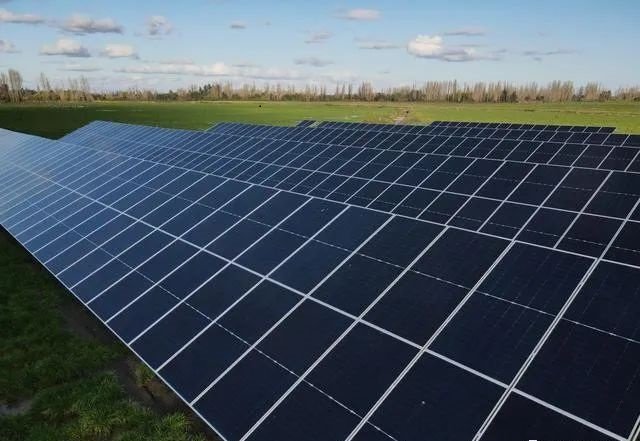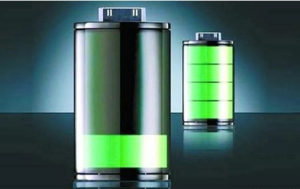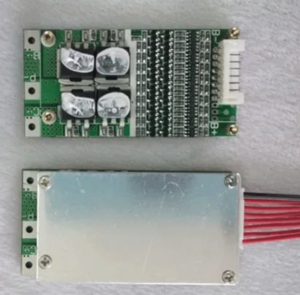Photovoltaic power generation, also known as solar power, harnesses the energy from sunlight by utilizing solar cells. These cells, commonly referred to as solar panels, convert the light energy into electricity. The photovoltaic power generation system comprises three key subsystems: photovoltaic arrays, DC-AC converters (inverters), and battery energy storage systems.
At the heart of a photovoltaic array lies the photovoltaic module, which consists of multiple solar panels. When sunlight strikes the photovoltaic panels, the photons stimulate electrons, resulting in the generation of an electric current. The solar panels are interconnected through wires, forming a series or parallel configuration to construct a photovoltaic array. The generated current is then transmitted through cables to the inverter for conversion.
The role of the inverter is crucial as it converts the direct current produced by the photovoltaic array into alternating current. This alternating current can be effectively utilized by residential, commercial, or utility grid systems. Moreover, in industries where electrical energy generated by photovoltaic arrays requires storage, PV arrays are often integrated with energy storage systems. This integration allows the surplus energy to be stored and utilized during nighttime or adverse weather conditions.
In summary, solar panels, or photovoltaic cells, play a vital role in photovoltaic power generation, enabling the conversion of solar energy into usable electricity. By harnessing the power of the sun, photovoltaic systems provide sustainable and environmentally friendly solutions for various energy needs.
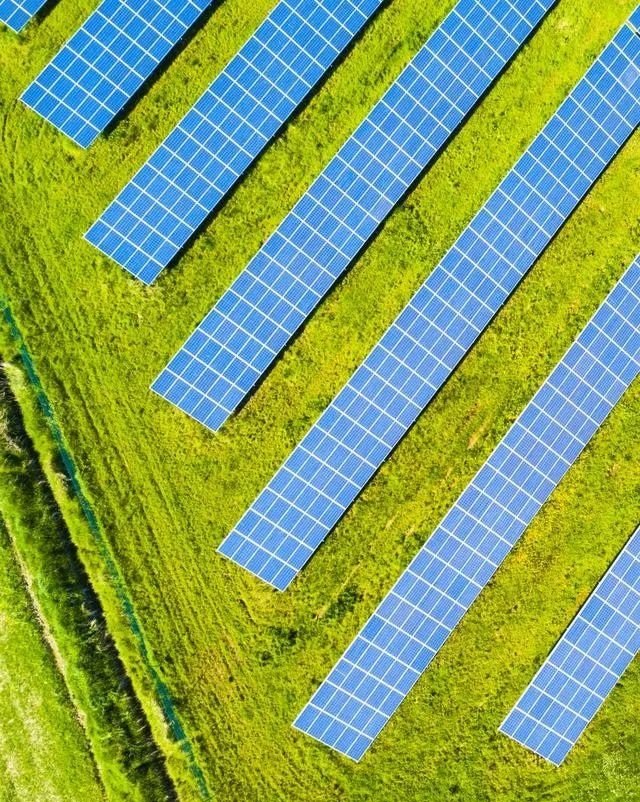
The main equipment needed for PV power generation includes:
1. Photovoltaic panels: convert sunlight efficiency into electricity.
2. Inverter: converts direct current into alternating current to meet indoor power requirements.
3. Battery energy storage system: can be selected according to actual needs to achieve the
energy storage of photovoltaic power generation.
4. Bracket and architecture: the support frame and support structure used to install photovoltaic
panels.
5. Cables and junction boxes: connect and transmit photovoltaic panels, inverters and battery
energy storage systems.
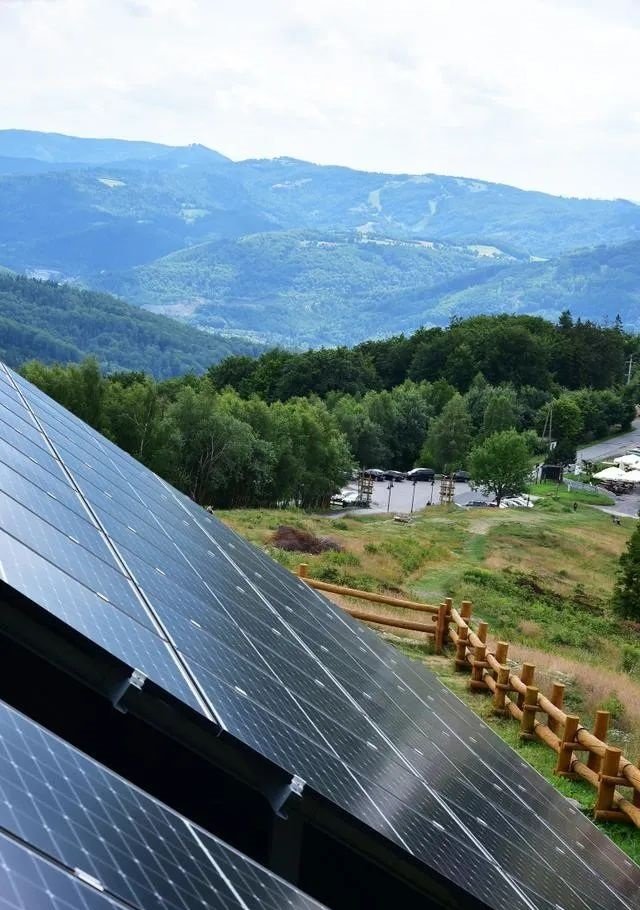
In order to calculate the photovoltaic power generation, it is necessary to consider the installed
capacity of the photovoltaic array, the time of sunlight, temperature and other factors. The
formula for calculating photovoltaic power generation is: photovoltaic power generation =
installed capacity of photovoltaic array x total solar radiation x photovoltaic module power
generation efficiency. Among them, the total solar radiation can be estimated according to the
specific geographical location and meteorological data, photovoltaic module power generation
efficiency depends on the design and quality of photovoltaic panels.
Photovoltaic power generation is the total amount of electricity generated by photovoltaic power stations, usually measured in kilowatt-hours (kWh).
The basic formula for calculating photovoltaic power generation is:
Photovoltaic power generation = installed
capacity of photovoltaic panels × total solar radiation × photovoltaic module power generation efficiency
Among them:
The installed capacity of photovoltaic panels: the size of the photovoltaic panel area of the
photovoltaic power station device, generally in watts (W), such as a 10 kilowatt photovoltaic
power station that is 10,000 watts.
Total solar radiation is a crucial factor in solar PV systems. It represents the overall energy received from solar radiation by a photovoltaic power station, typically measured in kilowatt-hours per square meter (kWh/m2). The total solar radiation is influenced by various factors, including the geographical location, meteorological conditions, and time of day.
Another vital aspect of solar panel systems is the photovoltaic module power generation efficiency. It refers to the efficiency with which photovoltaic panels convert solar energy into electrical energy, making it an essential performance parameter for photovoltaic power stations. This efficiency is dependent on factors such as the materials used and the design of the photovoltaic panels. Typically, the power generation efficiency of photovoltaic modules falls within the range of 14% to 24%.
To achieve higher efficiency, advancements are continually being made in the development of photovoltaic panels. Engineers and researchers strive to enhance the solar panel efficiency and increase the power output of PV panels. By improving the design, materials, and manufacturing processes, they aim to produce the most efficient solar panels available in the market.
Ultimately, the efficiency of solar modules plays a significant role in maximizing the electricity generation potential of a solar panel system. By harnessing the power of the sun, photovoltaic panels enable the conversion of solar energy into usable electricity, contributing to the growth of sustainable and clean energy sources.
For example, the installed capacity of a photovoltaic power station is 100 kW, the average solar
radiation in the region is 1500 kWh/m2/ year, and the photovoltaic module power generation
efficiency is 18%, then its annual power generation is calculated as follows:
Photovoltaic power generation = 100kW × 1500kWh/m2/ year × 18% = 27000kWh/ year
Therefore, this photovoltaic power station will be able to produce 27,000 KWH of electricity per
year. The actual amount of electricity generated will be affected by factors in actual operation,
such as weather, temperature, loss, aging of components, etc.
If you have more needs, please contact us!

